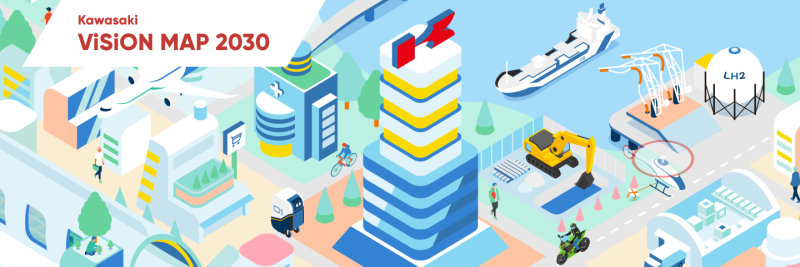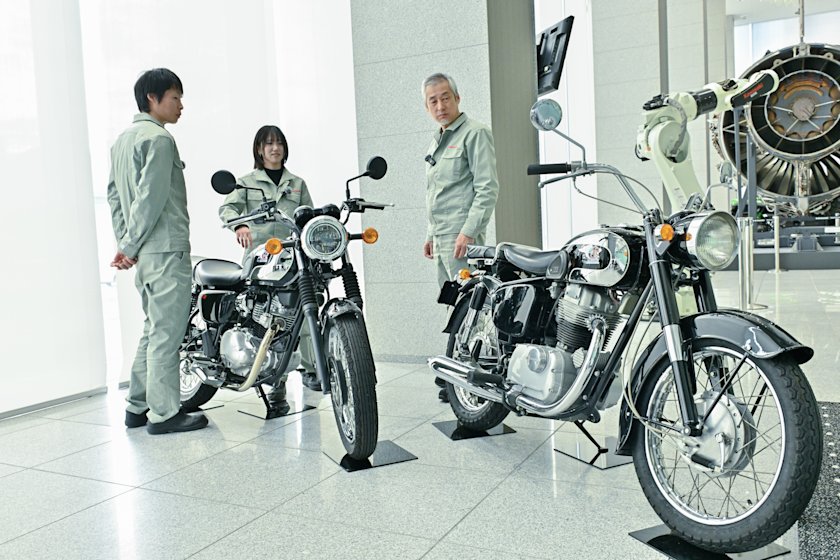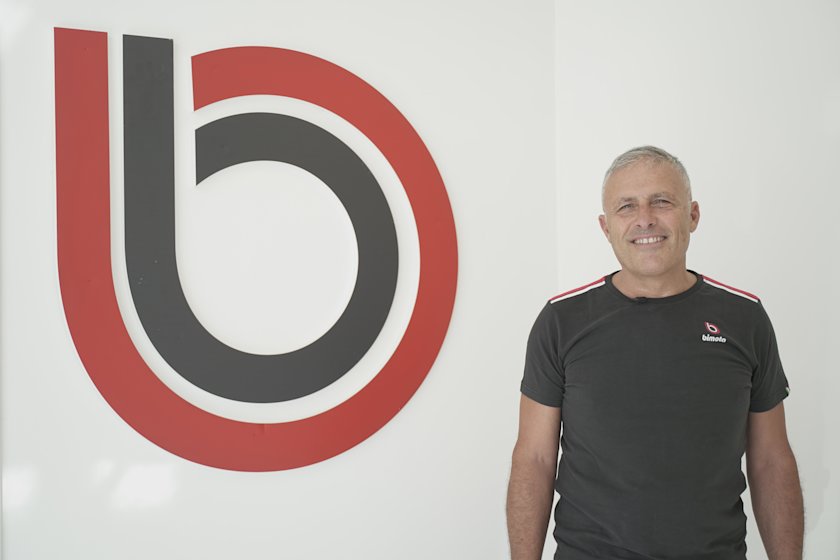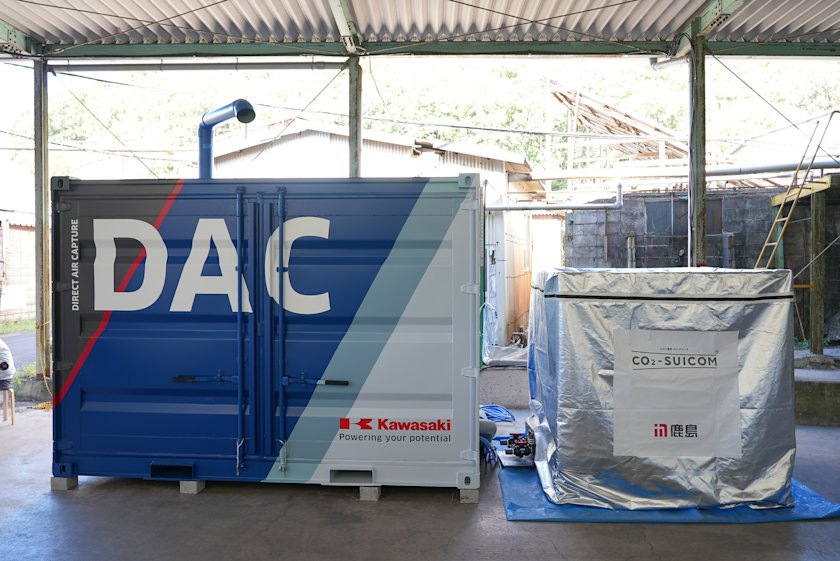New aircraft combine the best research and results all Kawasaki cultivated

Hydrogen aircraft are expected to contribute considerably toward achieving carbon neutrality. To develop its engine, engineers started from ground zero. Here is the voice of an employee taking on a new challenging project with internal and external collaborators and the aid of past research and developments. (This article is a part of Kawasaki ViSiON MAP 2030, which imagines the future of the Kawasaki Group.)
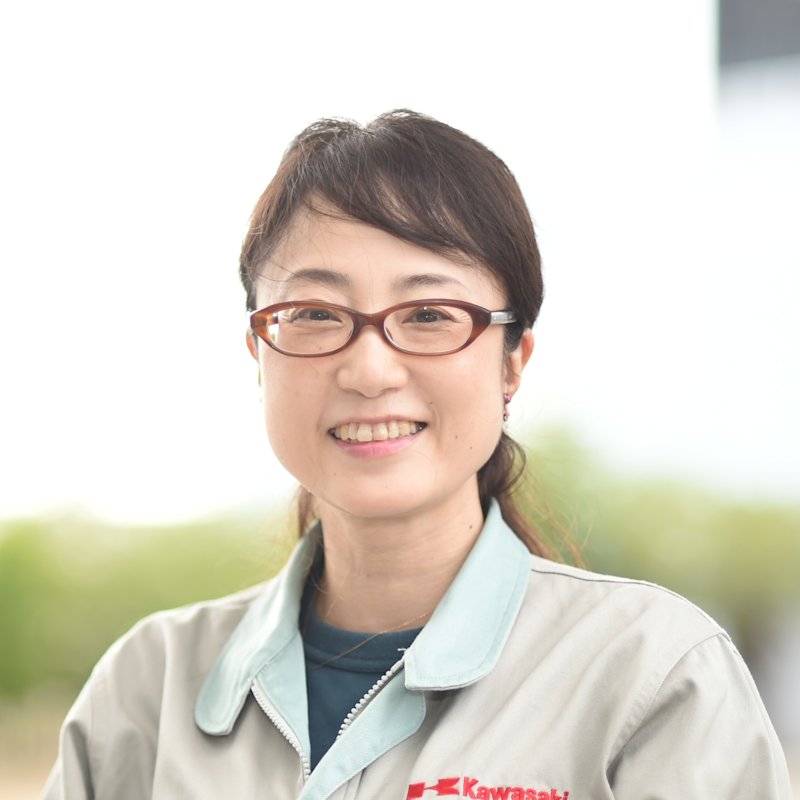
Engine Technology Group, Aero Engine Business Division
Aerospace Systems Company
Tsuru majored in aerospace engineering as an undergraduate and joined Kawasaki in 2000 with her curiosity to create large objects. After the development of aircraft engines and cooling technology for industrial gas turbines, she is now leading the team developing hydrogen aircraft engines.
A unique fuel calls for a completely different aircraft
A hydrogen aircraft is fueled with liquefied hydrogen instead of conventional fossil fuels. The use of hydrogen as a fuel is expected to be a considerable step toward achieving carbon neutrality, because the substance does not emit carbon dioxide. However, it is not easy to use hydrogen to fly a plane. Liquefied hydrogen needs to be kept at the extremely low temperature of −253°C; moreover, the volume is about four times larger than conventional fuels. As opposed to the stable conditions on the ground, the temperature and pressure vary greatly during flight. While most people might think the difference is merely the fuel, we are actually working to create a novel, original airplanes to fit the fuel in question.

The challenge first began with a tiny team
Development of the hydrogen aircraft is a first even for Kawasaki, a company that has been in the aviation business forages. When I joined this project, only a few members, including me, were assigned to the engine, and we were just searching for clues in the beginning. However, Kawasaki has a history of making repeated attempts in handling hydrogen and overcoming difficulties. Although some approaches are not fruitful, the result is never “nothing” even if development needed to be stopped. By studying the results of past studies and achievements, I hoped to move the conversation forward, even just a little. Our small team grew to comprise many designers and CAD operators, and the first combustion test of hydrogen burner for aero engine, which is one of the most important technology of an aircraft, is scheduled for fiscal year 2022.
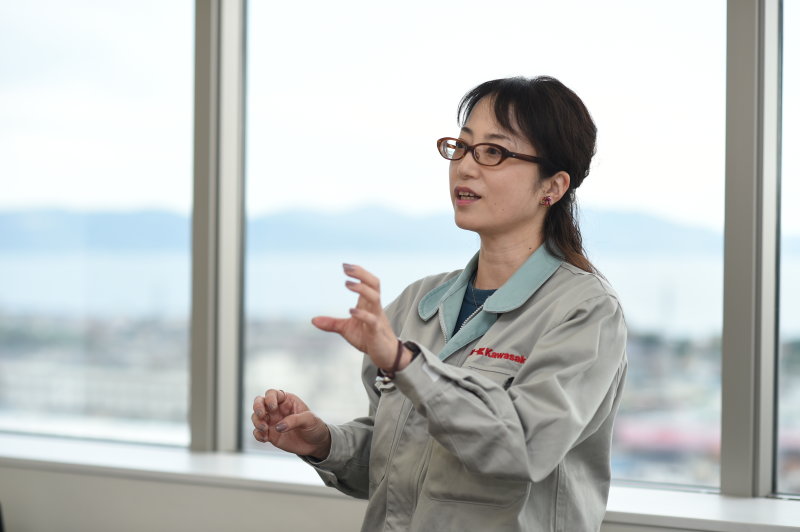
Thinking about the technology within the context of our society
In the development of hydrogen aircraft engines, the team mainly takes part in concrete research and development, whereas I, as the leader, am responsible for cooperation and negotiations with internal and external parties while backing up the team and managing their progress. What I emphasize when meeting people outside of Kawasaki, in particular, is the importance of the implementation of technologies. There is no point in thinking about the technology in a vacuum. How will it actually be required by society? What effect could domestic and international situations have on development? If we adopt a slightly wider view, we can create technologies that are easier to commercialize and use. Because the effective use of hydrogen is in greater demand, I hope we receive a positive response so that our work contributes to the realization of a carbon neutral world. All members of our team are paving the road to a society where hydrogen aircraft will operate in 2030.

The information contained in the article is current as of December 2022.
"Kawasaki ViSiON MAP 2030" presents the future we want to realize by the year 2030, presented through the voices of Kawasaki staff working towards our vision. We hope you join us to learn about their efforts in social change, and to imagine the future we can achieve together.
